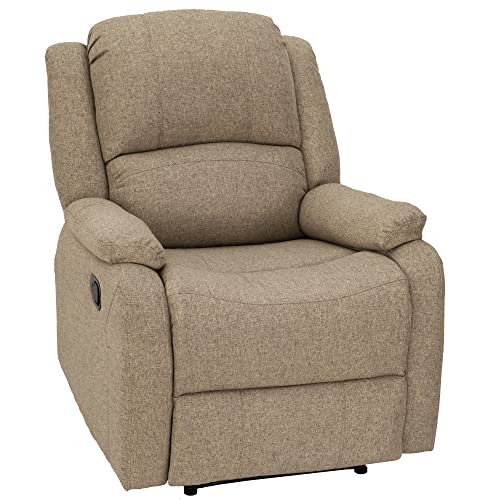Of course, as luck would have it, right after I finished my "okay I have enough information" post, my stove starts doing something else related.
The low pressure / low flame problem happened again this morning. I turned everything off, and then blew out the connection to the stove. To be clear, I just blew air into the very end of the regulator tube that connects to the stove, and into the little portal on the stove that the regulator connects to. My goal was to blow out any dust or obstruction that might be in there. When I hooked everything back up, and lit the stove, it worked normally in terms of flame height. In other words, it seems like that fixed it. That would also tend to indicate no problem with the tank period
However, something new started today. Or at least I noticed it today. Normally, the propane flame is mostly blue and maybe a little white. The flame today was completely yellow, and a very bright yellow. Not sure what that means, but I don't think it's normal. I think I remember hearing something about air getting mixed with the propane to create a yellow flame, but I'm not sure about that.
If that's enough information to help narrow this down some, please provide your best guess.
Tom




























































